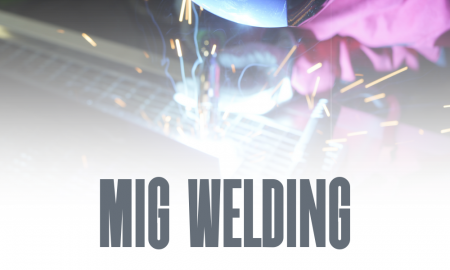Manual Tungsten Inert Gas (TIG) welding is a precise and versatile welding process that relies on a non-consumable tungsten electrode to create a weld. This method is widely used for welding thin sections of stainless steel, aluminum, and other non-ferrous metals, providing high-quality, clean welds with minimal spatter.
However, like many welding processes, TIG welding generates fumes and airborne contaminants that can pose health risks to the welder if not properly managed. Fume extraction is a crucial aspect of ensuring a safe and healthy working environment for welders.
Fume extraction systems are designed to capture and remove welding fumes and particulate matter from the air. In the context of TIG welding, these systems typically consist of a hood or a capture device placed near the welding arc to efficiently collect the fumes as they are generated. The extracted air is then passed through filters or other purification methods to remove harmful substances before being released back into the workspace or outside.
Effective fume extraction not only protects the welder from inhaling hazardous substances but also helps maintain the overall air quality in the welding environment. Proper ventilation is essential to comply with occupational health and safety regulations and to create a comfortable and safe workplace.





